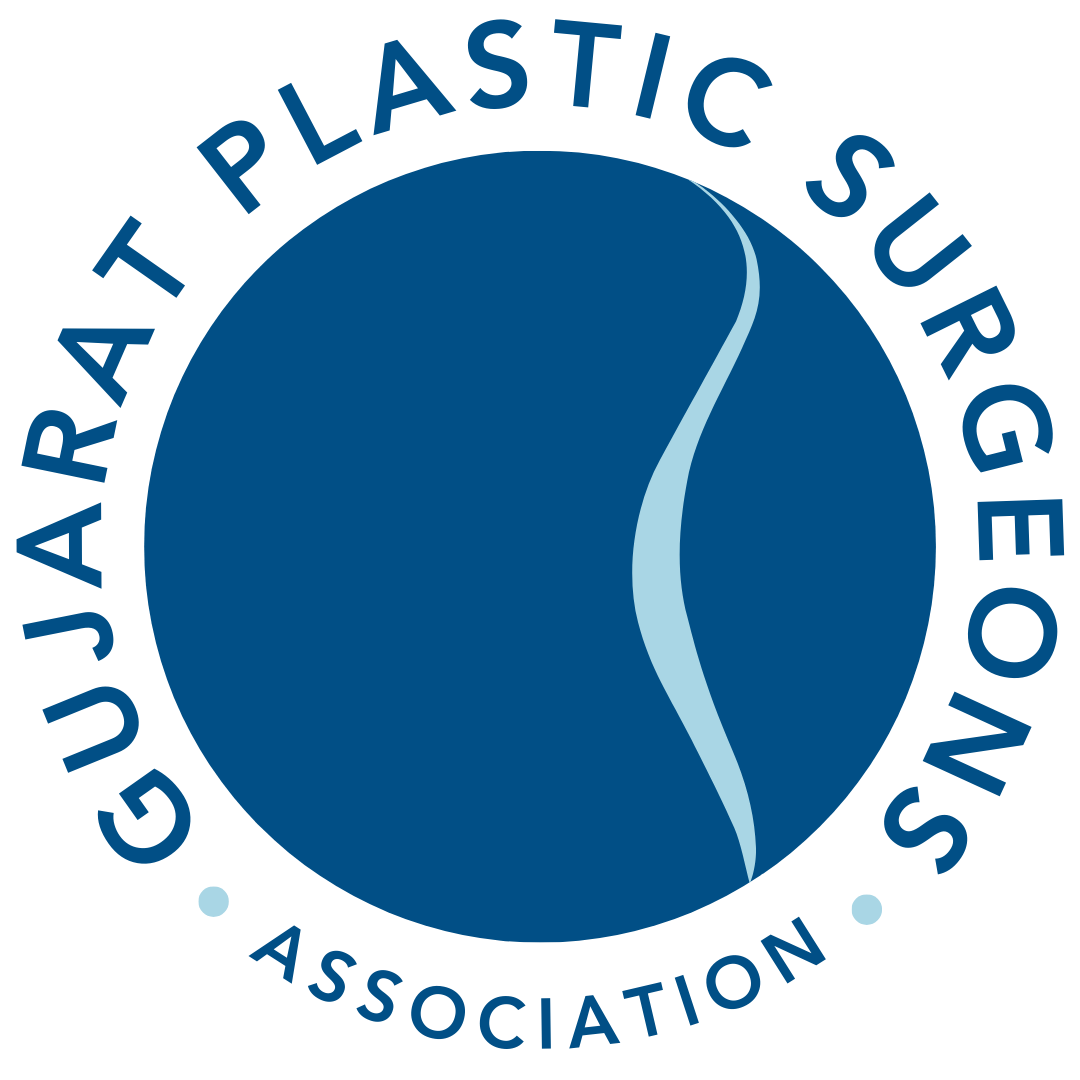

COSMETIC SURGERY
Upper Eyelid Blepharoplasty
About The Treatment
Upper eyelid blepharoplasty is a surgical procedure designed to remove excess skin, fat, and muscle from the upper eyelids. This surgery aims to enhance the appearance of the eyes, restore a youthful look, and improve vision in cases where sagging eyelids obstruct vision.
Indications for Upper Eyelid Blepharoplasty
Excess Skin:
Presence of sagging skin on the upper eyelids that may create a tired or aged appearance.
Fat Deposits:
Bulging fat pads that contribute to a puffy or swollen look.
Vision Impairment:
Sagging eyelids that obstruct peripheral vision.
Cosmetic Concerns:
Desire to achieve a more alert and youthful appearance.
Procedure Steps
Consultation:
Goals, expectations, and medical history is discussed with the surgeon.
Physical examination to assess eyelid structure and skin quality.
Anesthesia:
Typically performed under local anesthesia with sedation or general anesthesia, depending on the patient’s needs and preference.
Incision and Removal:
Incisions are made in the natural crease of the upper eyelid to conceal scarring.
Excess skin, fat, and muscle are removed to achieve the desired contour.
Closing the Incisions:
Incisions are closed with sutures, and sometimes adhesive strips are used to support the healing process.
Recovery and Aftercare
Initial Recovery:
Swelling, bruising, and discomfort are common in the first few days.
Cold compresses can help reduce swelling.
Postoperative Care:
Avoid strenuous activities and rubbing the eyes for a few weeks.
Follow-up visits to monitor healing and remove sutures.
Long-Term Care:
Final results typically visible within several weeks as swelling subsides.
Scarring is minimal and often fades over time.
Benefits
Enhanced Appearance:
A more youthful, alert look with improved eyelid contour.
Improved Vision:
Restoration of peripheral vision if eyelids were obstructing sight.
Increased Self-Confidence:
Enhanced body image and self-esteem.
Risks and Complications
Scarring:
Potential for visible scarring, though well-hidden in the eyelid crease.
Infection:
Risk of infection at the surgical site.
Dry Eyes:
Temporary or permanent dry eye symptoms post-surgery.
Changes in Eyelid Position:
Risk of eyelid malposition or asymmetry.
Unsatisfactory Results:
Need for revision surgery if outcomes do not meet expectations.
Candidate Suitability
Ideal Candidates:
Individuals with sagging eyelids causing cosmetic concerns or vision impairment.
Patients in good overall health with realistic expectations.
Non-smokers or those willing to quit smoking before and after surgery.
Not Suitable For:
Individuals with certain medical conditions that impair healing.
Those with unrealistic expectations or seeking a minor cosmetic change.
Conclusion |
Upper eyelid blepharoplasty can significantly enhance both the appearance and function of the eyelids. A thorough consultation with a qualified surgeon is essential to discuss potential risks, benefits, and expected outcomes, ensuring the best possible results. |